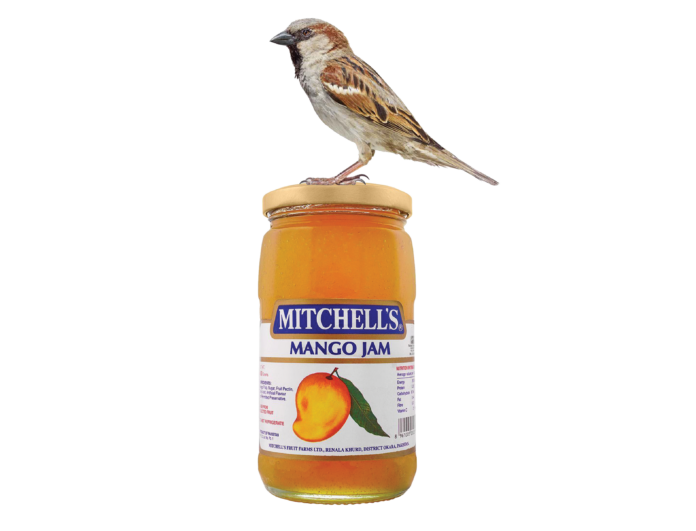In early 2020, the Mohsin family of Renala Khurd was about to pocket a small fortune. For the past six decades, the family had been operating a 720 acre operation in this small corner of Okara that was the home base of Mitchell’s Fruit Farms.
One of the most iconic and recognisable retail brands in Pakistan, the family that owned it was in final stage negotiations to sell it. The market was buoyant. Mitchell’s stock price had soared from a low of Rs195 per share on October 11, 2019 to Rs 344.99 per share on January 27, 2020 – a stunning 77% jump in the stock price in just over three months – around the time the transaction was announced.
At the time, the company had a market capitalization of close to Rs 2 billion, and the Mohsins would have made over Rs 1.2 billion from the sale if they managed to get a price even close to this. Then the deal fell through. The Covid-19 pandemic jolted the world economy, and the offer made by Bioexyte dropped dramatically. The sale fell through.
And the news was not taken well by the family.
Mitchell’s was struggling. Established in 1933 by Francis J Mitchell, it had been purchased by Syed Maratib Ali, the father of Syed Babar Ali, in 1958 and given to his son-in-law S M Mohsin to run. For decades, this branch of Syed Maratib Ali’s family turned Mitchell’s into an impressive company. Over time, S M Mohsin was joined by his son Mehdi Mohsin, and together they ran Mitchell’s as a pretty successful company which was a family affair. S M Mohsin was the Managing Director and his son Mehdi was an Executive Director before becoming CEO in 2003, a position he held until 2009. They also won the top company’s award for two years running, in 1999 & 2000,from the Karachi Stock Exchange. Their financial rating with PACRA was also AAA+.
After this, the family brought in professional management with mixed results. Initially it had worked out, but they were facing persistent losses since 2015. The family wanted out, and they wanted to go in a different direction. Which is what happened in 2020.
Enter Najam Sethi.
Chief Minister, Cricket Boss, journalist, publisher, CEO, and now son-in-law extraordinaire. Mr Sethi is the husband of Syeda Maimanat Mohsin, better known as Jugnu Mohsin. S M Mohsin’s daughters also had an equal share in the company of 20%, which meant they had some sway on the board as well. S M Mohsin and Mehdi Mohsin had effectively been running the ship, but eventually the family went in the director of selecting Najam Sethi as Chairman of the Board for Mitchell’s.
In the four years since, Mr Sethi has gone one to establish his control on Mitchell’s. He appointed a loyalist from his days at the cricket board as the CEO, before resigning from the Chairmanship of the Board to take up the CEO job himself.
And this year he has managed to oversee an event that last took place in 2015: Mitchell’s posted a profit. This is despite the fact that the financial year 2022-23 had presented a bleak picture, with Mitchell’s posting a loss of Rs 5.9 crores, and its short-term liabilities exceeding its short-term assets by Rs 37.1 crores. That’s not all: the accumulated losses were such that the company’s reserves were depleted, and it was negotiating with banks to renew loans.
So what happened to turn that around? And how does Najam Sethi figure into all of it? The content in this publication is expensive to produce. But unlike other journalistic outfits, business publications have to cover the very organizations that directly give them advertisements. Hence, this large source of revenue, which is the lifeblood of other media houses, is severely compromised on account of Profit’s no-compromise policy when it comes to our reporting. No wonder, Profit has lost multiple ad deals, worth tens of millions of rupees, due to stories that held big businesses to account. Hence, for our work to continue unfettered, it must be supported by discerning readers who know the value of quality business journalism, not just for the economy but for the society as a whole.To read the full article, subscribe and support independent business journalism in Pakistan
Note from the editorial board: An earlier version of this story mistakenly claimed that Mehdi Mohsin was in charge of Mitchell’s when it began to post losses in 2015 and onwards. While he remained involved in the business as a director, Mr Mohsin had resigned as CEO of the company in 2009 after which it was run by professional management and not directly by a member of the Mohsin family. Mr Mehdi Mohsin remained an influential member of the board of directors throughout this time due to his significant shares in the company. The story has been updated to reflect this. The error is regretted.









